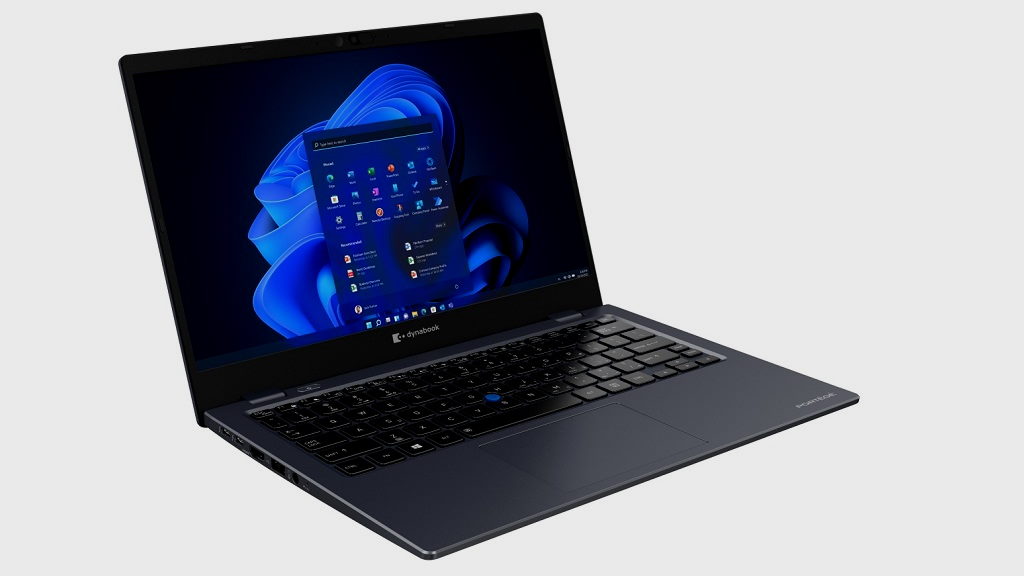
Vertical video attracts many more viewers than videos recorded with a cell phone horizontally, according to research presented at the 27th International Congress on Distance Education.
The research was carried out with teachers and students by João Tenório, from UniAnchieta, with contributions from Cristian Cunha (Wildlife Studios), Bruno Bonfante (Mowil), Paulo Nunes (Pangeia) and Anderson Penha (Symnetics).
Tenório noticed that videos recorded by professors for university content could be seen by more students and proposed the vertical video format. “Vertical videos are already a trend for those who use virtual glasses for 360° viewing and on networks such as Instagram and TikTok”, said the professor.
Vertical video is “mobile first”, a content that favors those who watch on mobile, but which is also adaptive, can be viewed on the computer or other devices. “The custom of vertical video is linked to games, such as Pokémon Go, which must be played with the cell phone vertically to capture the monsters”, presented the professor.
Navigation is another application that inspires vertical video production. “Applications like Waze or Maps work best vertically, and Google Live View is an example of how vertical image viewing can help you locate yourself better,” he says.
Vertical videos are in games, virtual and augmented reality and navigation
With the growth of online education, and Brazil being the 5th country with the most cell phones in the world, according to Agência Brasil, the format has become more popular with viewers. Since 2017, YouTube has created a specific button so that vertical videos can be viewed in full screen, in the lower right corner.
“The cropped horizontal video may have loss of content, so it is better to produce it in the vertical format, which is more adaptable”, recommends Tenório. O Elegant Teleprompter is an app that can help, with a floating screen that shows the text to be said by the presenter.
“Even when educators returned to recording in the university studio, after the peak of the pandemic, we continued to use vertical videos for quick messages and the number of views went up 100%”, says the professor. Engagement is another significant metric, as viewers showed more attention to videos vertically.
The ability to combine video with augmented reality is another advantage of verticality. Other recommended applications to increase the production of vertical videos are Google Expedition and Apple Augmented Reality.



